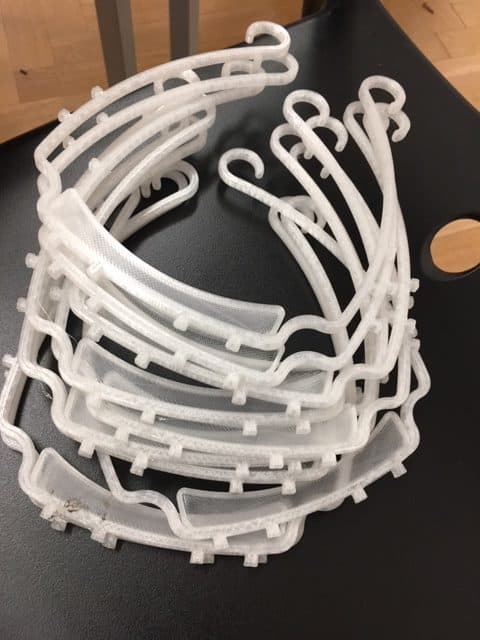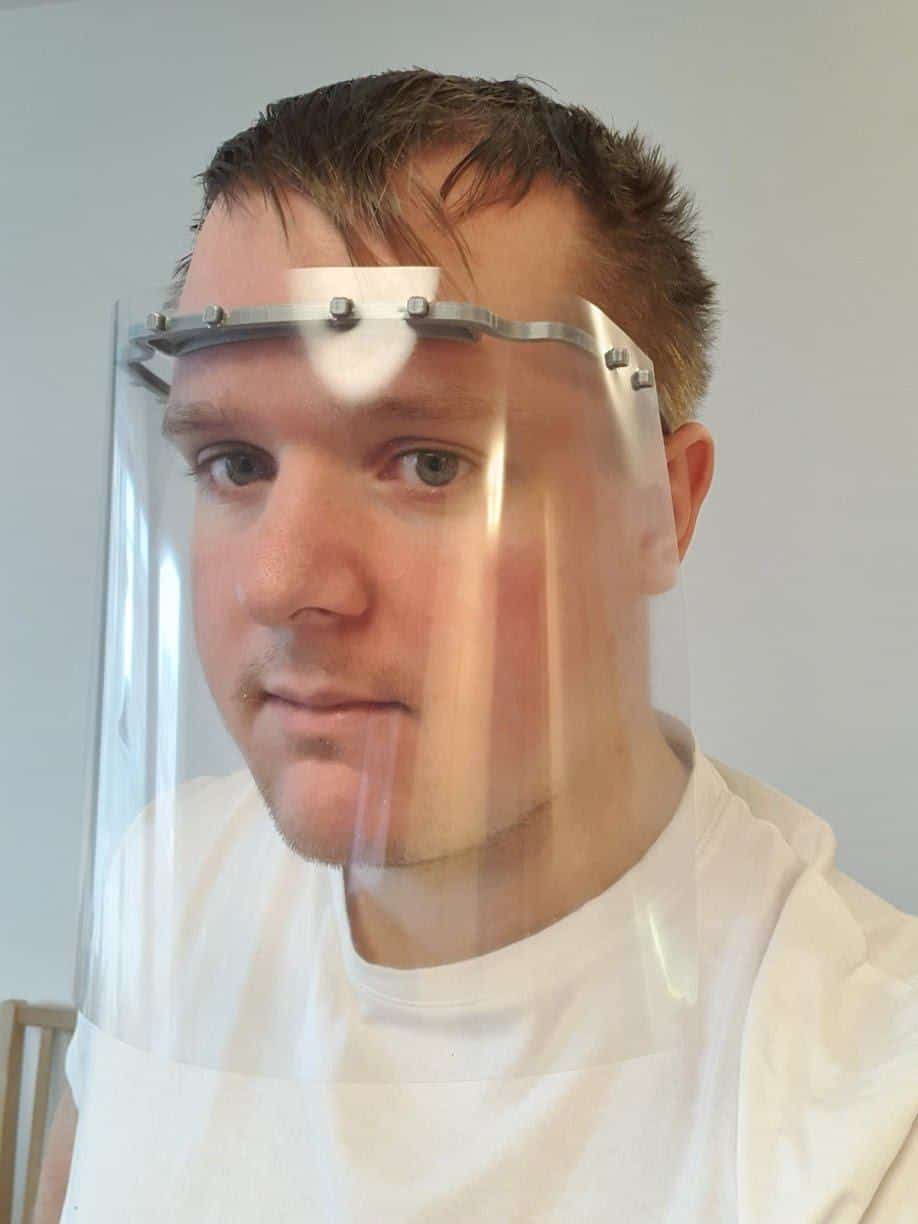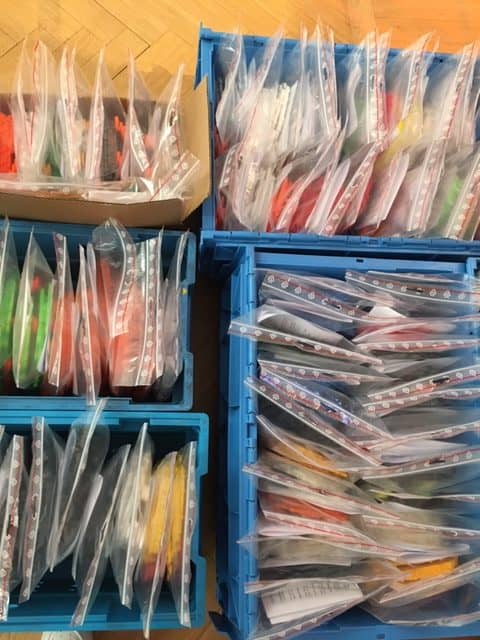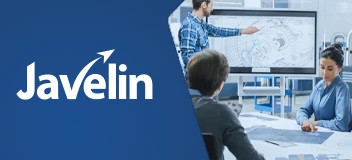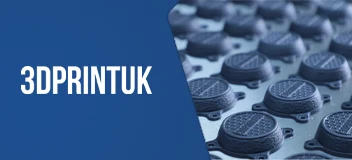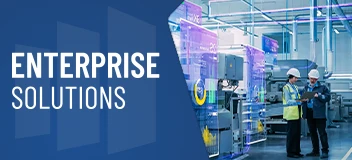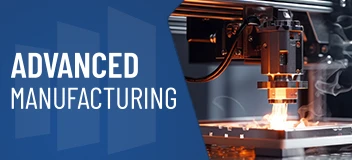#3DVFACESHIELD FAQ
First of all we would like to thank you for getting involved in this project and trying to help those who are doing their best to keep us safe and healthy.
Due to the high volume of questions and requests we're getting at the moment we are having trouble keeping up with giving personalized responses to everyone so hopefully this will answer some of your questions for now.
Some of the most common questions we are getting are regarding;
- Stacked versions
- Access to source files
- How to print on a smaller printer.
We have included the current answers to these questions below, but please check www.faceshield.nu for the latest information as the situation is constantly changing.
Stacked prints:
This is of course something that we've been thinking about since day one. The reason we have been a bit hesitant in recommending and providing files for this is mostly down to quality control. The print quality of frames we have already received has varied greatly and we have unfortunately been forced to throw a fair number of prints away due to quality issues.
The main problem we've seen is prints that have a very rough finish such as open top surfaces. This makes it very difficult to properly disinfect the parts which is of course not acceptable. We have also seen prints that are not structurally sound and risk breaking apart, again something that we cannot risk happening.
Stacked printing represents an even bigger risk in getting prints that are not up to the standards needed, especially on single extrusion printers.
What we have done is experiment a bit with dual extrusion printing where we print a thin layer of support between each frame. We have used Ultimaker Breakaway for this which seems to work quite well. PVA is also an option but Breakaway is a more reliable choice in this case. We have uploaded pre-made stacks in different heights to the repository. DOWNLOAD FILES HERE
Source files:
Many people have asked us for the source so that they can make modifications to it. We have been a bit restrictive in doing this for a couple of reasons. First and foremost, the current design has been approved by several hospitals here in Sweden and elsewhere. The design has also been approved by the US NIH. So modifying the design would invalidate those approvals.
One of the main things people are doing is removing the drip shield in an attempt to make the print efficient. The problem is that this part of the brow was put there for a reason, it is there to protect from drips from above and increase the protection level. This is something the doctors and health care professionals we have talked to demand be there.
Printing on smaller printers:
With the vast amount of different printers out there you're bound to run into situations where a particular model might be too big or otherwise unsuited for a particular printer. In this case, size can be an issue.
We've gotten many questions from people wanting to split the model into several parts so that it can fit on their print beds. There are a few issues we are seeing with this:
- Since the parts are no longer a solid piece this can lead to cracks which are very difficult to disinfect properly.
- Tolerances between printers can vary quite a bit making it difficult to create a universally working model that snaps together reliably without the risk of it coming apart in use.
- Glueing the parts together is possible but also adds time to the process and we can't be sure that the adhesives being used are safe for skin contact.
We appreciate that you want to help but at this time we do not have any plans to create split designs for use on smaller printers.
Once again we want to thank you for your willingness to help and we hope this answers your questions(s) for the moment.
Quick Links
WHAT VERSION TO PRINT | PRINT SETTINGS GUIDE | FILE DOWNLOAD
The design goals included:
- Using readily available plastic sheets with as little modification as possible, and only common tools used.
- All features printable with nozzle sizes up to 1mm and layer heights up to 0.5mm
- Drip protection above the eyes
- Printable in less than 20 minutes
- No tight tolerances requiring well-tuned printers.
- Design that works equally well with most common materials (PLA, CPE, PETG, ABS etc.)
DO NOT PRINT IF YOU ARE INFECTED, or you or someone close to you show any symptoms.
Keep a good hygiene when handling the parts. Wash your hands thoroughly immediately before removing the parts from the print bed, and transfer them straight into a plastic bag to reduce possible contamination.
The frame is ment to be printed with a 0.8mm nozzle and coarse layer heights, but if the only thing you got is a 0.4mm nozzle that is also possible, even though it will more than double the printing time.
Quality-checking
Make sure that:
- layers adhere properly to each other
- walls are completely fused together
- surfaces are smooth without gaps
- the print has decent flexibility
